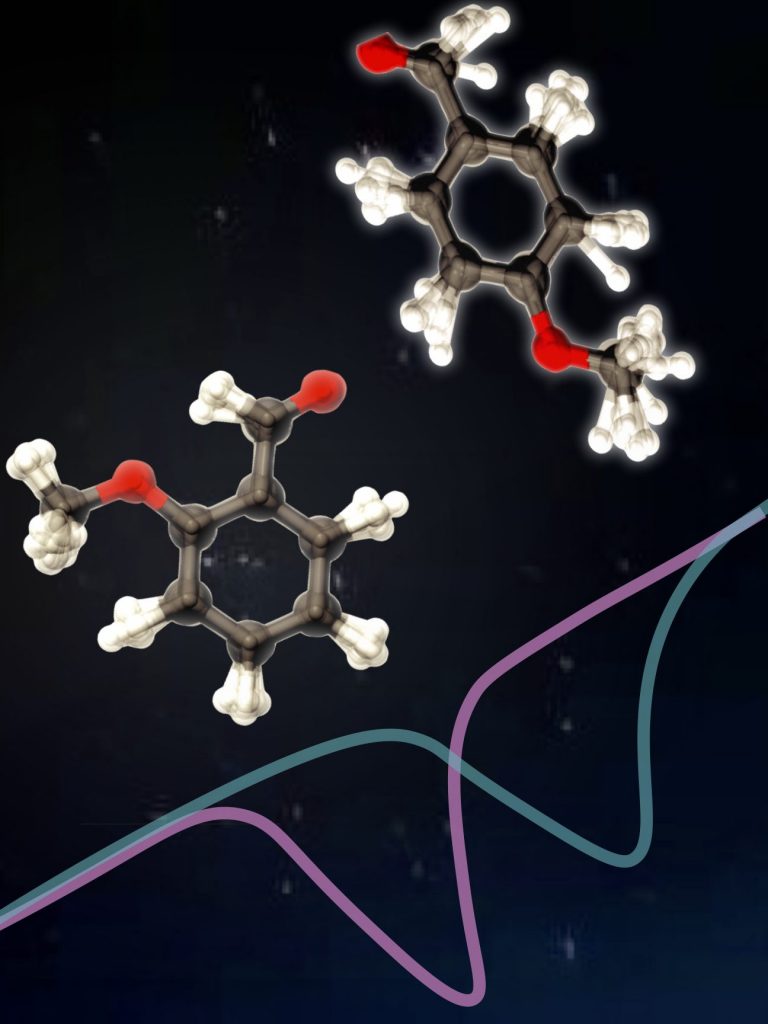K. M. Jablonka, L. Patiny, and B. Smit, Making Molecules Vibrate: Interactive Web Environment for the Teaching of Infrared Spectroscopy J. Chem. Educ. (2022) doi: 10.1021/acs.jchemed.1c01101.

Abstract: Infrared spectroscopy (IR) is a staple structural elucidation and characterization technique because of its ability to identify functional groups and its ease of use. Interestingly, it allows the capture of electronic effects via their influence on the bond strength of “probes”, such as the carbonyl group and also offers a wealth of examples for discussion on the theory of electronic transitions. For this reason, IR spectroscopy is typically taught both in theoretical classes and in applied structural analysis courses. In practice, there is rarely a link between those courses, and both suffer from the lack of exploratory learning, that is, tools with which students can explore the interplay between symmetry and selection rules, as well as electronic effects and vibrational frequencies─with almost immediate feedback. In practice, this might lead to students that are well skilled in looking up vibrational frequencies in lookup tables but do not understand the links to electronic effects and reactivity. Here, we introduce a web app that leverages semiempirical quantum mechanical (or force-field based) calculations, performed on a web service, in an interactive interface to provide an environment in which students can explore how slight changes to the structure manifest in changes of the spectrum. This approach avoids the time-consuming handling of potentially hazardous materials that might not be readily available and invites students to play with spectroscopy─to “see” and “test” electronic effects that are so commonplace in organic chemistry education. As a “side effect”, our web app also provides a powerful aid for research scientists to investigate how different structural modifications, such as substitution, isomerism, or steric strain, would manifest in the infrared spectrum.